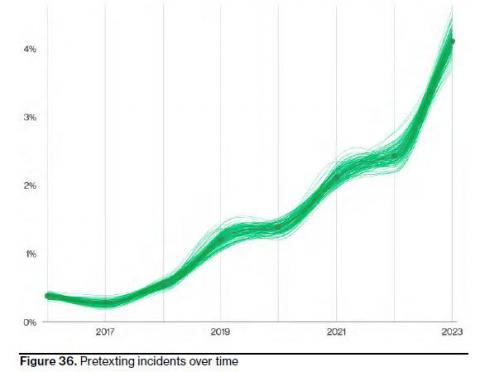Organizations Take 43 Hours to Detect an Spear Phishing Cyber Attack
New data makes it crystal clear that spear phishing is a real problem… and organizations may not properly be prepared to detect and address it. Cybercriminals know the more targeted a phishing attack – from the email theming to the impersonation to the intended victim – the more likely the attack will be a success.





